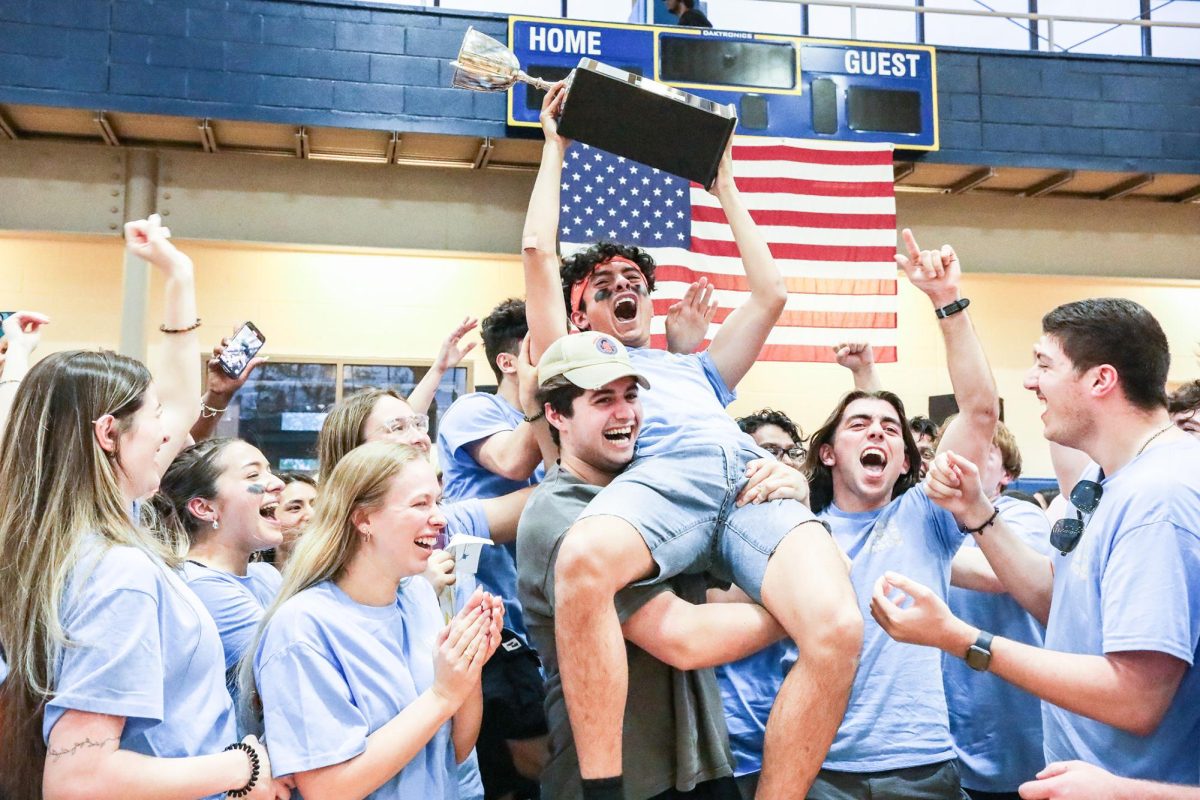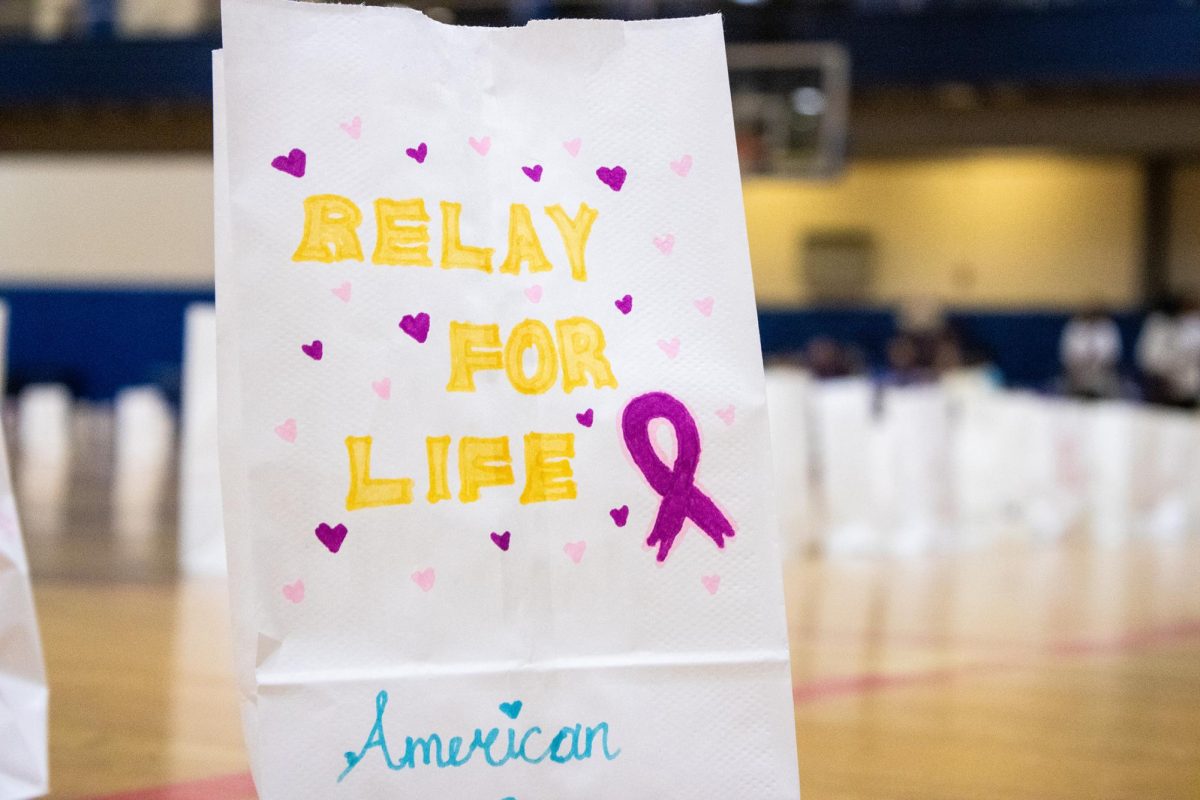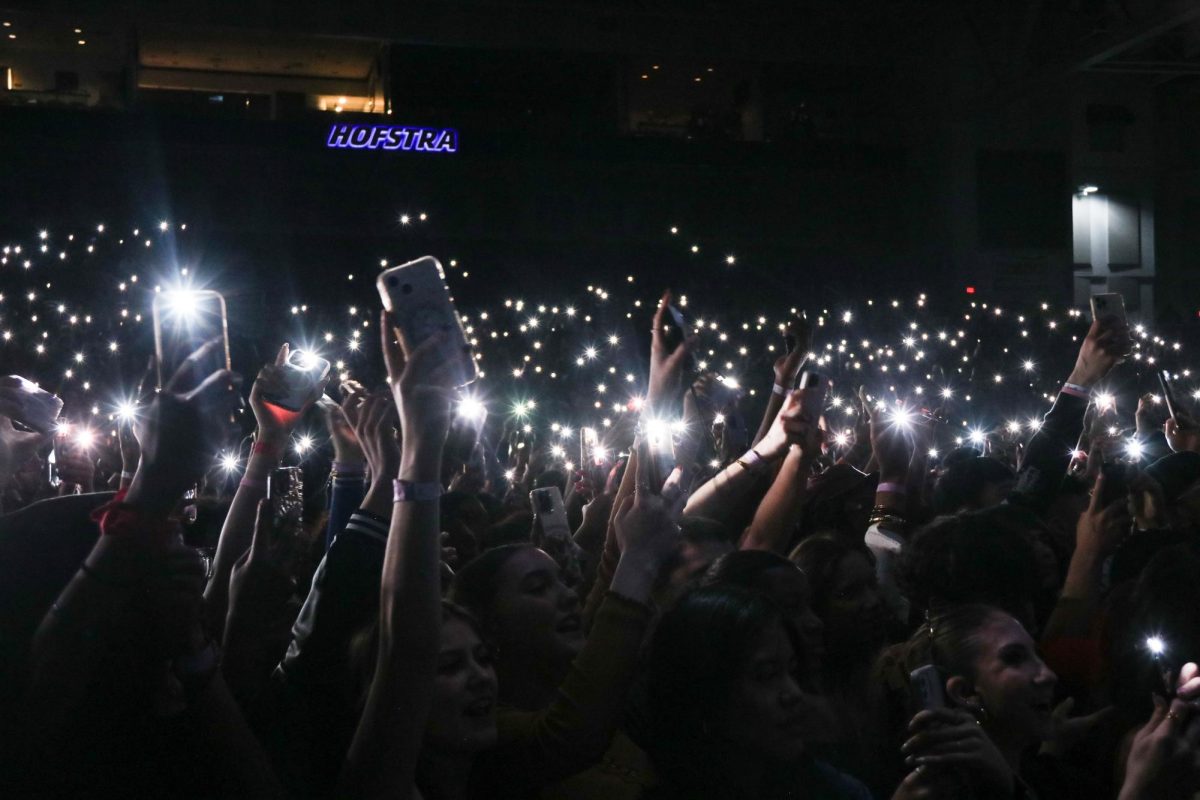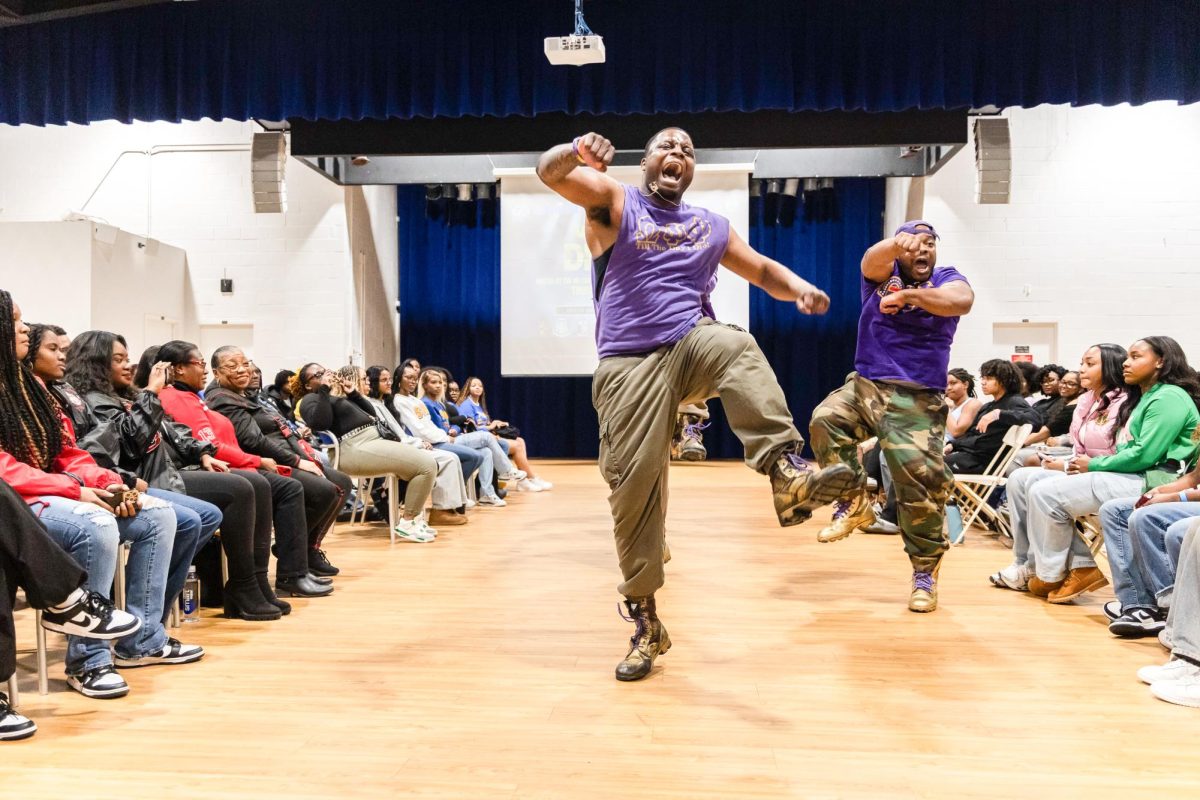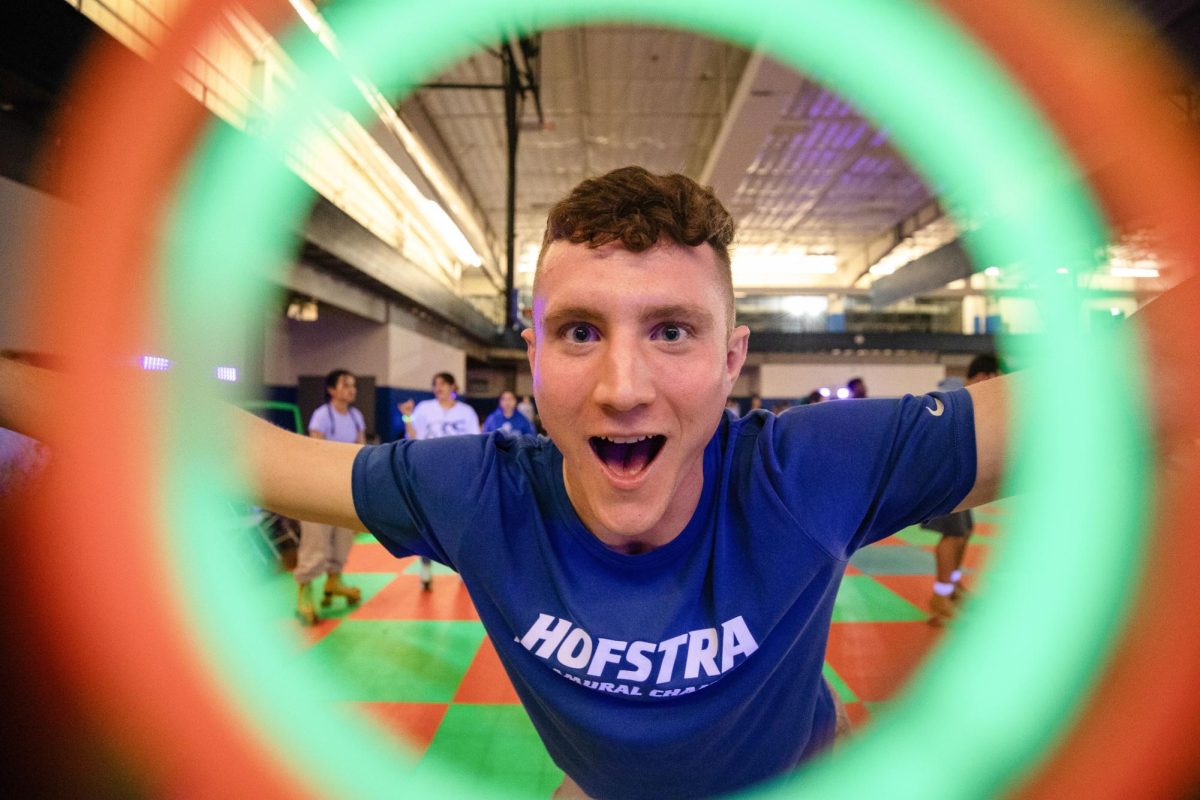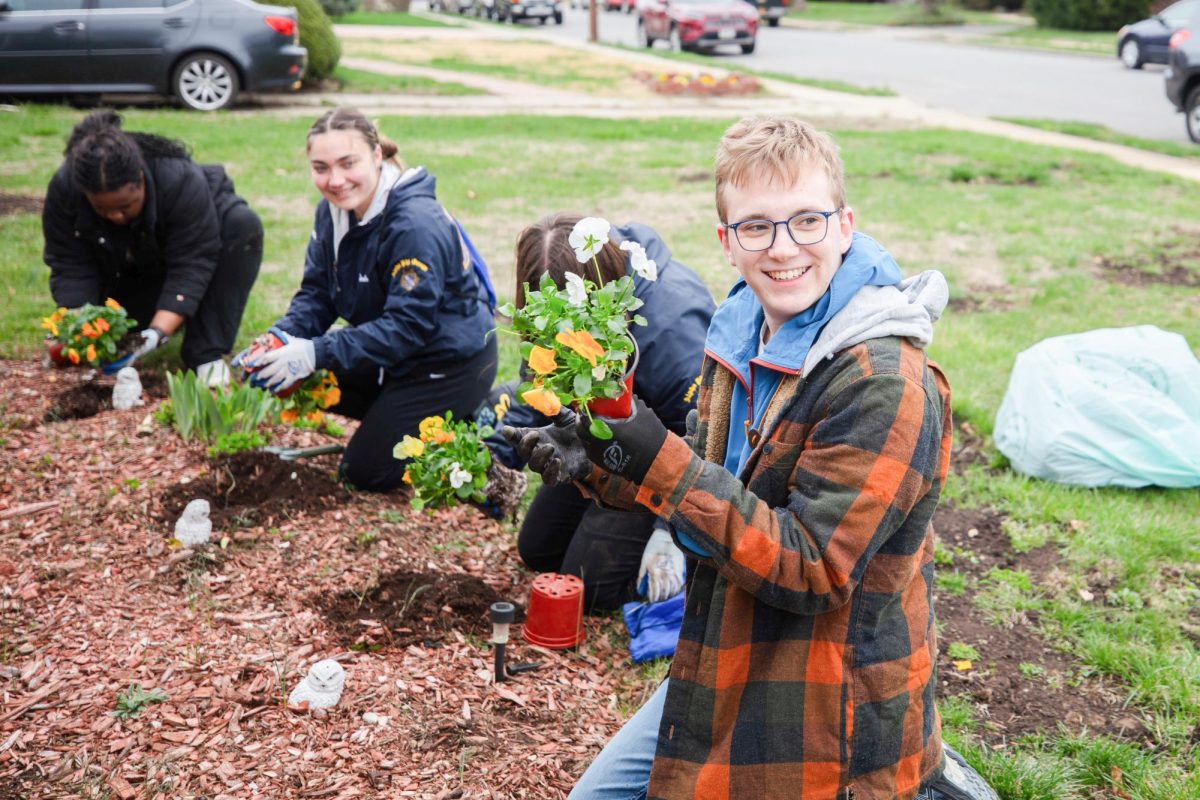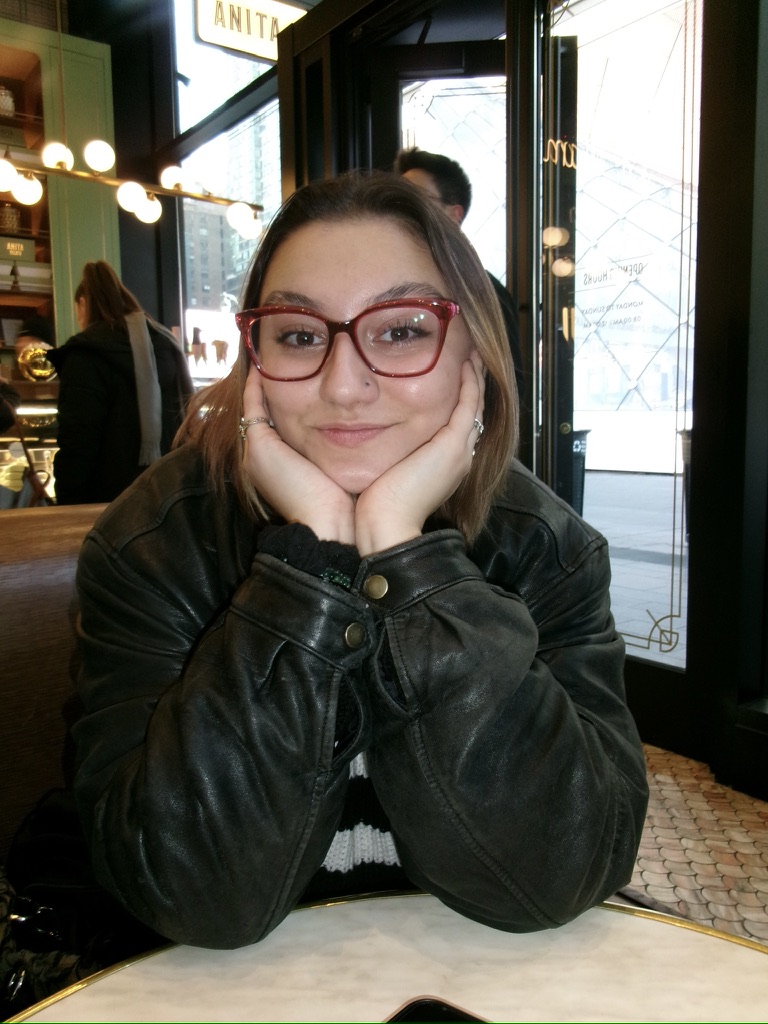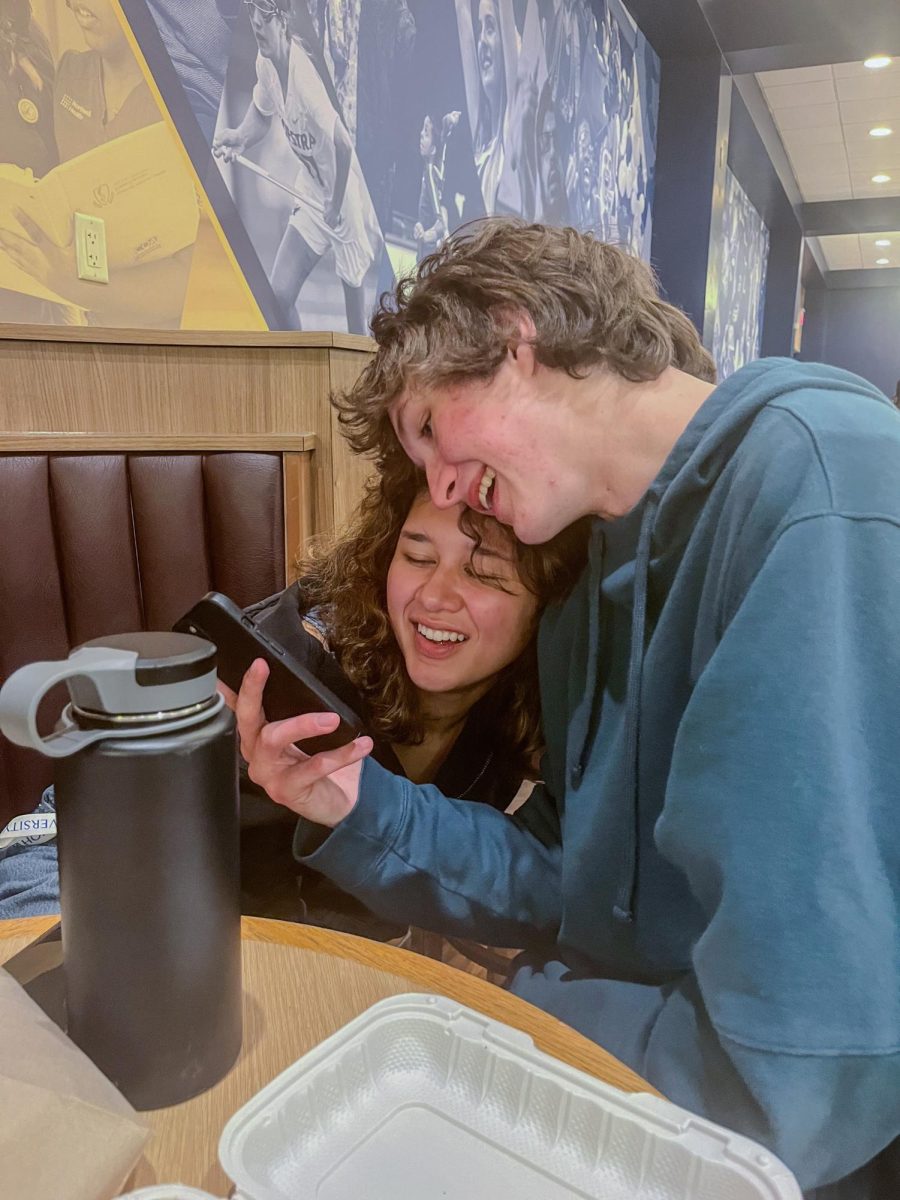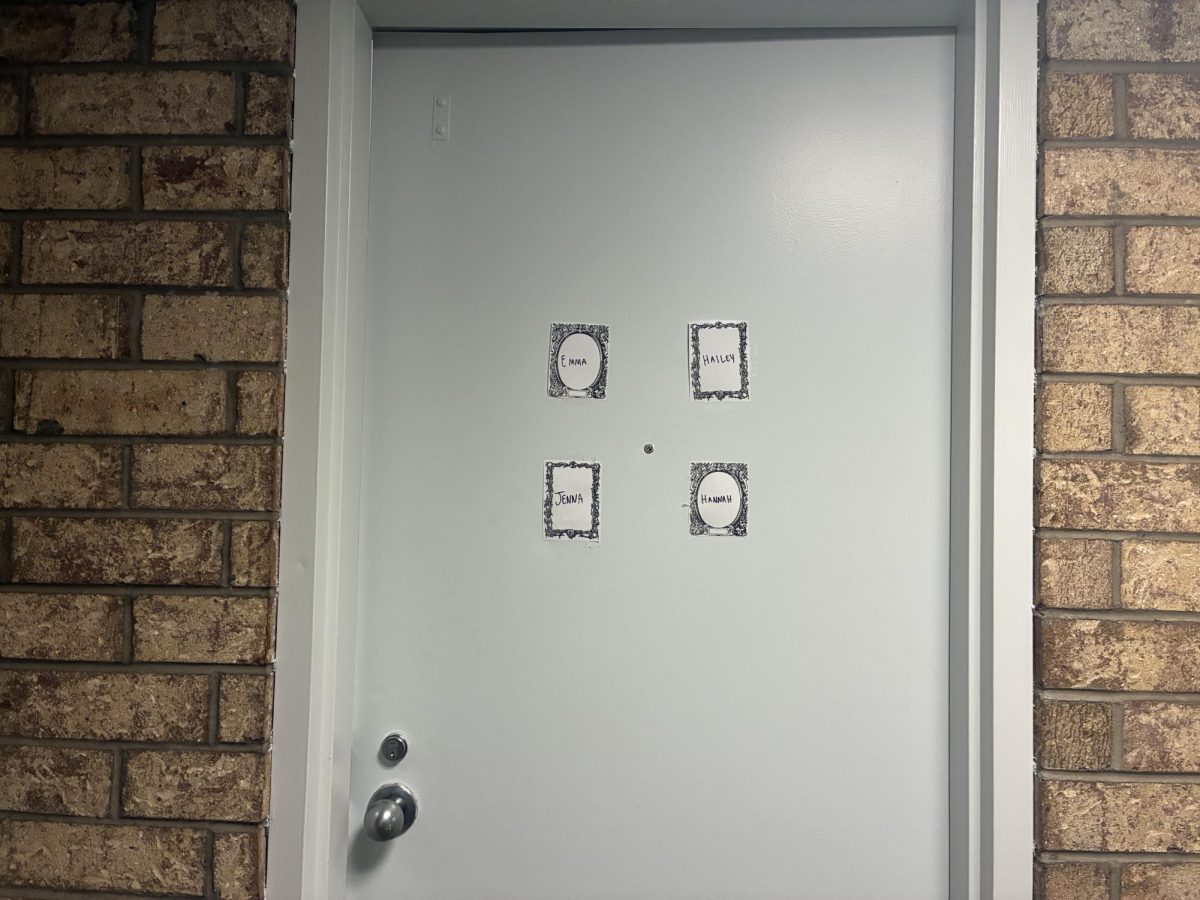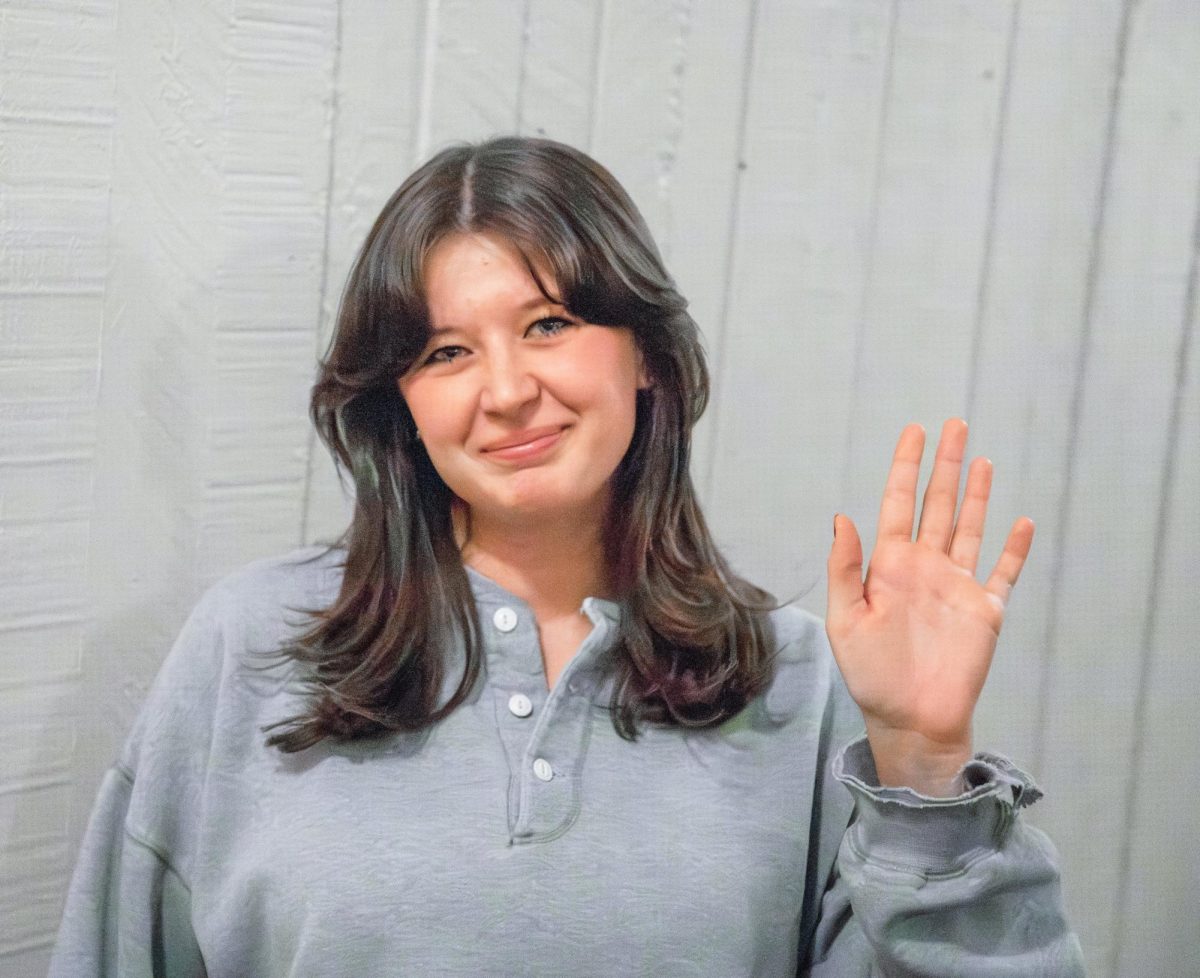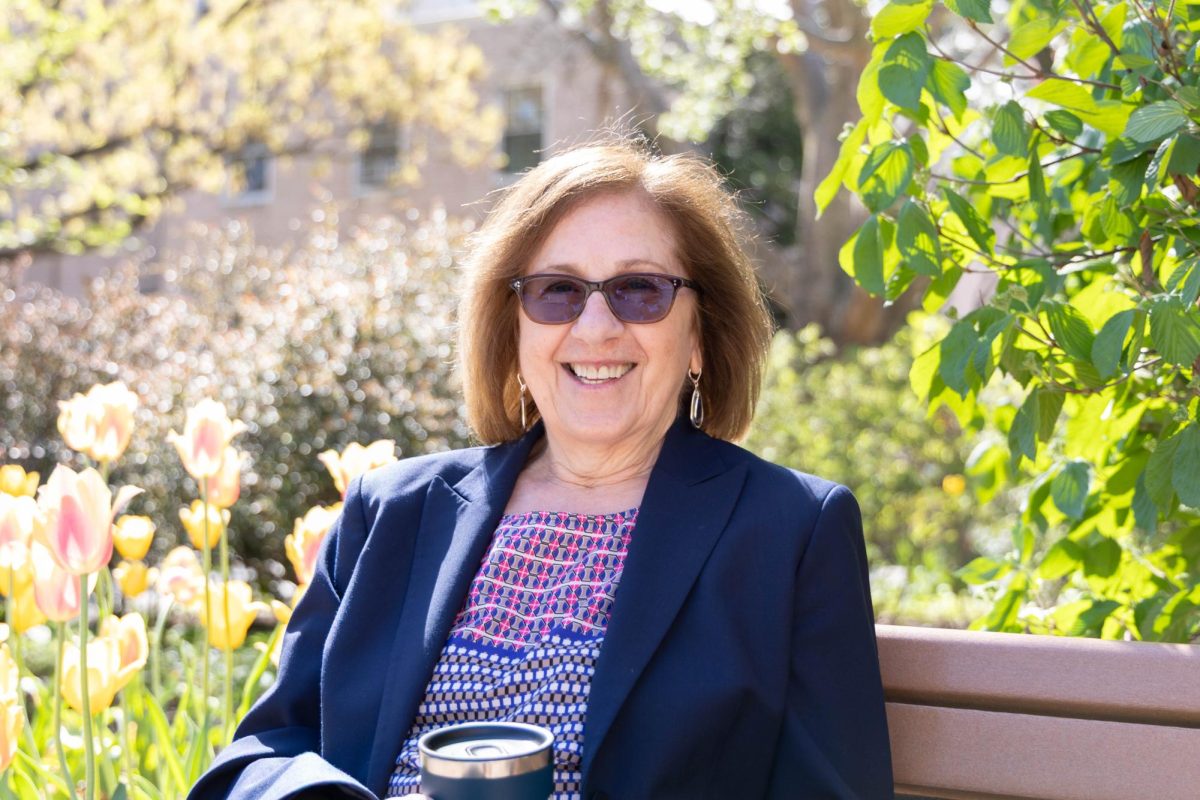By Nailah Andre and Mack Caldwell
STAFF WRITER AND FEATURES EDITOR
*Certain names have been changed in regard to the interviewee’s safety.
There is a popular saying in black feminist circles: “All the women are white and all the blacks are men.” In this case it’s closer to “all the gays are white.” It refers to our tendency to forget about the intersection of identities when challenging oppressive institutions.
“Throughout my life, I’ve had a lot of experiences with white, queer or trans people just not acknowledging that black queer trans people exist. Or that trans people of color exist, and that their experiences are different,” said JO* a member of the Queer Trans People of Color Coalition’s (QTPOCC) e-board.
Immersed in the air-conditioned battleground of academia, some students find themselves as things to be pried open, broken down and segregated into easily digestible and debated parts. “There are very pervasive attacks on so many identities,” said JO. “Everyone wants to isolate identities. This is a race issue. This is a gender issue and so on. When that’s not a realistic approach because I’m black and a woman and Latina and gay at the same time. I can’t just isolate my identities.”
Last spring a new intercultural organization, QTPOCC, was formed. According to their GetInvolvedHU page they are a club that facilitates discussions concerning “the intersectionality of race, gender, and queerness and about how those identities impact the navigation of LGBTQ+ people of color in our society.”
“Intersectionality” has become somewhat of a buzzword in academic and activist spaces. Coined by Kimberlé Crenshaw, a critical race theory scholar, it refers to the overlap of different social identities, and how those identities relate to systems of oppression. One example of this was when Toronto’s local chapter of Black Lives Matter protested the Toronto Pride Parade in favor of more inclusivity and a ban on police sponsored floats and booths. These protesters were met with intense criticism and backlash, which is often the result in fights pursuing intersectionality.
QTPOCC is a space for queer and trans people of color to feel comfortable expressing themselves as they are, with an emphasis on representation and education. Often in queer spaces, a lack of representation creates gaps, confusion and white centric conversations. “We just want to discuss topics in a different venue, where more people of color will be more comfortable showing up,” said Michelle Boo, the vice president of QTPOCC, in regard to tension within the queer community at Hofstra.
“It’s a different experience when you’re not white. It’s not the same. You can be a black gay guy and a white gay guy and have completely different lives,” said Jourden Lloyd, the graduate assistant in the office of Intercultural Engagement and Inclusion for LGBTQ+ Life and member of QTPOCC. “Saying like, ‘We’re all together we all count, I don’t see color’ doesn’t help when we need you to say, ‘We see your color and we’re trying to help you.’ Saying that you don’t see color doesn’t make us all equal. It just makes it seem like we’re trying to tell you it doesn’t matter.”
It isn’t a coincidence that this club was started by students whose first semester at Hofstra was during one of the most polarizing times this campus has experienced. In the fallout of Hofstra’s 2016 presidential debate, a racial fault on campus became clear. “My eyes didn’t really open up until I went to the debate and I realized …‘Wow I’m like the one person of color’ and everyone is going to ask me in all of my classes like ‘What did you think about the debate?’ And it’s not because I went to the debate. It’s because I’m a person of color who went to the debate,” said Boo.
Not only was the environment intense on campus but in the classrooms as well. Spaces that are meant to be an educational setting morph into a battleground for anybody with a perspective contrary to the mainstream. “I remember in one of the foundation classes for the school of comm[unication] the professor would constantly let people argue with me, and just like watch, and he would ogle over it like it was super cool. And it was like ‘I’m being harassed’ and I basically have to advocate for why I exist,” said JO.
The creation of QTPOCC was a result of a culmination of uncomfortable and sometimes traumatizing events that led students to create their own space where marginalized groups did not always have to have their guard up. There is something powerful about being able to share ideas, space and resources with people who experience the world the way you do.
QTPOCC plans on being a new kind of club. “I’m super anti hierarchy stuff,” said JO. “So I personally try to make sure it’s a really chill atmosphere, so people can talk and ask questions. If they don’t know something, or are not deeply entrenched in social justice, that they can ask.” The current e-board says that they have no plans to act like some untouchable group of people who are above critique.
Although QTPOCC is still in its infancy, the club has hit the ground running. On Sept. 26 the club will be co-sponsoring “Diversity, Dialogue & Desert: The Fetishization of Latinx” with Hofstra’s Organization of Latin Americans (HOLA). Every week the club discusses a new topic relevant to queer people of color. They also plan on hosting guest speakers as well as events that are sure to shake campus up and raise the consciousness of all who engage. “We have a pretty diverse group … It’s a lot of people who want to broaden their horizons. Or a lot of people of color who do not see themselves represented in the general queer community. So this space means a lot to invest in it, I want to see it grow and develop.”

